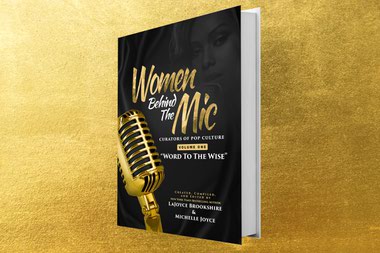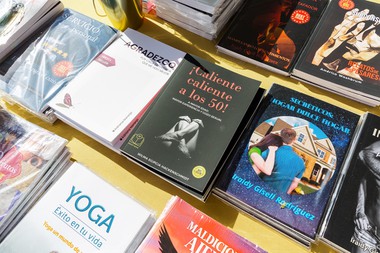
Keeping an Eye Open: Essays on Art By Julian Barnes, $30.
Given Julian Barnes’ enduring Francophilia, it is not surprising that most of Keeping an Eye Open: Essays on Art is about French artists. Down the Contents page they tumble, from Gericault and Delacroix through Cézanne and Degas to Braque and Magritte. Okay, Magritte was Belgian, but close enough. Only toward the end of the book does he turn to the Swedish-born American Claes Oldenburg, then to the British painters Lucian Freud and Howard Hodgkin.
Barnes, whose Cross Channel examined the complicated history between France and his native England, is also known for A History of the World in 10½ Chapters, from which this book’s exhaustive examination of Théodore Gericault’s “The Raft of the Medusa” is drawn, and for Flaubert’s Parrot, a novel about a man’s fascination with Gustave Flaubert. Not surprisingly, then, the 19th-century author of Madame Bovary turns up in several essays, most of which were commissioned for magazines.
“Explaining one art form by means of another is a monstrosity,” Barnes quotes Flaubert as saying. Nonetheless, Flaubert wrote a good deal about art, although privately, and Barnes takes issue with the separation of pen and palette. Indeed, if there’s a theme running through these essays, it might be that once an artwork leaves the studio, the artist loses control over it. “What counts is the surviving object and our living response to it,” Barnes writes. Censorship of Manet’s “The Execution of Emperor Maximilian,” he argues, robbed us of potentially enriching responses from that time.
Still, the artist’s life is fair game. Barnes relates a Howard Hodgkin tale about the notoriously disagreeable Lucian Freud: Displeasing the psychoanalyst’s grandson once meant never seeing him again. And Freud, whose portraits turned the loveliest subjects into fleshy grotesques, was by most accounts a horrid man whose misogyny cannot be separated from his frank and savage female nudes.
Art history as a continual unfolding of ideas and forms is another of Barnes’ concerns: “[I]n all the arts there are usually two things going on at the same time: the desire to make it new, and a continuing conversation with the past.” He is broad-minded about what to consider art, but finds most highly marketable contemporary art simply awful, because “it fails to engage the mind and the heart.”
Barnes, though, rarely fails to engage the two. Cultured and casually witty but never pompous, he proves that lucid writing can enhance the best art.
Find more by Chuck Twardy at chucktwardy.com.







